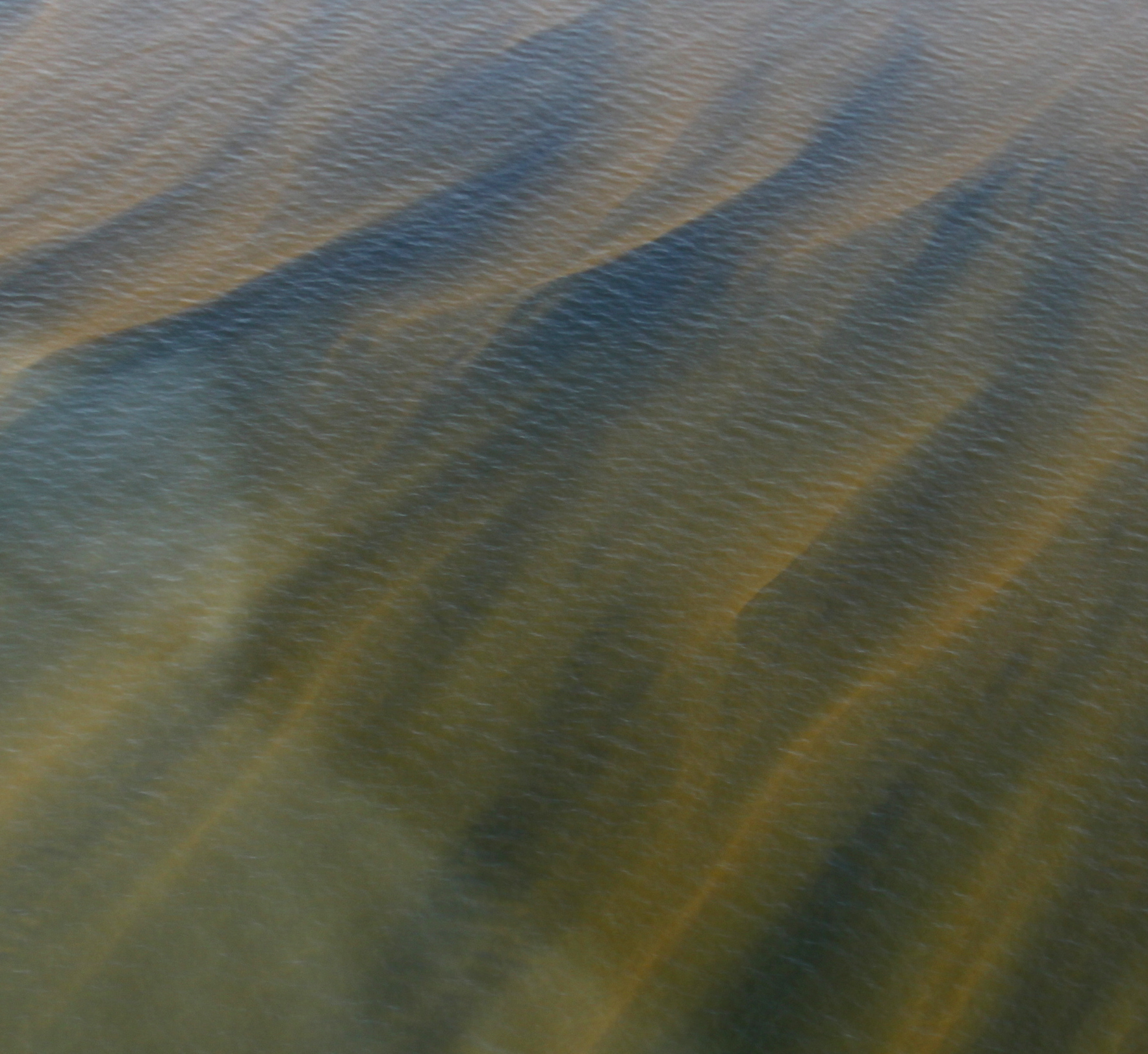
Scientist comparing water samples. (Florida Fish and Wildlife Conservation Commission)
Harmful Algal Blooms (HABs)
HABs are a major concern as these events can make people sick when contaminated shellfish are eaten or when people breathe an aerosolized toxin from a beach with a harmful algal bloom.
HAB events can result in the closure of beaches and shellfish beds, massive fish kills, death of marine mammals and seabirds, and alteration of marine habitats. This hurts commercial and recreational fishing, tourism, and valued habitats, which are important to local economies and the livelihood of coastal residents.
Karenia brevis is one of the most common and well studied HABs. It frequently blooms in Florida and Texas but is documented to occur in all of the southern coastal states.
Common impacts of a Karenia brevis bloom are fish kills, contaminated shellfish, and human respiratory irritation.
See also: Monitoring and Studying Harmful Algae (NCEI News)

Karenia brevis along the Florida Gulf Coast. (NOAA)
How Do HABs Happen?
In every natural body of water on Earth, tiny plant-like organisms are floating beneath the surface. These organisms are a single cell each, so small a microscope is necessary to view them. These organisms are called phytoplankton. Phytoplankton use chlorophyll to collect sunlight just like terrestrial plants, but instead of making large trees, phytoplankton make lots of single cells that float around in the water.
When there is plenty of sunlight and nutrients available for the phytoplankton to consume they will reproduce very quickly. High reproduction, in combination with water moving cells close together, will cause an above average density of phytoplankton in the water; which is often referred to as a bloom or algae bloom.
Most phytoplankton species are essential to a healthy environment. They are the main food source for aquatic life, providing fish, oysters, and crabs the energy to grow. Most phytoplankton are important for animals, but there are some species that can make animals sick or die. Of the 5,000 known species of phytoplankton, there are about 100 species known to be toxic or harmful.
When these phytoplankton bloom, they can release a toxin, stab other organisms with their shells, or just fill the water with too many phytoplankton. This is what we used to refer to as 'red tides', but since the bloom can be green, brown, red, or colorless, scientists changed the name to HABs.
Resources

2018 red tide aerial survey. (FWC Fish and Wildlife Research Institute)
Harmful Algal Blooms (Red Tide)
- Monitoring and Studying Harmful Algae (NOAA National Centers for Environmental Information)
- Harmful Algae Page (Woods Hole Oceanographic Institute)
- Harmful Algal Blooms (International Oceanographic Commission)
- Harmful Algal Blooms (Texas Parks and Wildlife)
- Harmful Algal Blooms (Environmental Protection Agency)
- Harmful Algal Blooms (Center for Disease Control)
- Phytoplankton Monitoring Network
- Red Tide (Florida Fish and Wildlife Research Institute)
Legislation, Reports, and White Papers
- Florida Fish and Wildlife Research Institute Resource Guide
- Food and Drug Administration Bad Bug Book (See: Ciguatoxin and Shellfish Toxins)
- The Harmful Algal Bloom and Hypoxia Research and Control Amendments Act (HABHRCA)